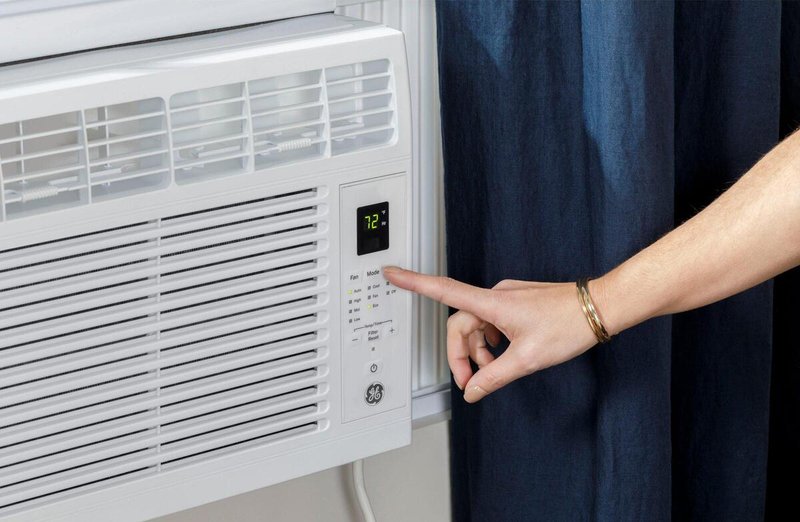
The “SE” error code often signals issues with the unit’s sensors or requires a reset. Essentially, it’s like your air conditioner’s way of waving a flag to say something’s not quite right in its world. Addressing this sooner rather than later not only helps your AC run smoothly but also prolongs its life. Think of it like tending a garden—regular care and a bit of troubleshooting can go a long way in preventing future hiccups!
Understanding the SE Error Code
When that SE error code pops up on your GE air conditioner, think of it like the check engine light in your car. It’s alerting you to a potential issue that needs attention—something might be off with one of the sensors. These sensors are like the eyes and ears of your AC system, constantly monitoring things like temperature and humidity to adjust the cooling process.
What causes the SE error code to appear? It could be something as simple as a sensor malfunction caused by dust buildup. Imagine your sensors wearing a pair of foggy glasses—that’s essentially what happens when dust accumulates over time. The sensors can’t “see” properly, leading to incorrect readings and, ultimately, that pesky error code.
Now, you might be wondering, “Why is this happening to me?” Truth is, air conditioners work hard during hot weather and can easily pick up dust and dirt. This accumulation isn’t something you’d notice right away, like a pothole slowly forming on your street. But once you’re aware of it, you can take steps to prevent it from becoming a bigger issue.
Regular Maintenance is Key
Here’s the deal: just like you wouldn’t skip an oil change for your car, regular maintenance for your air conditioner is crucial. Routine upkeep is your number one defense against the SE error code. So, what does this involve? It’s quite straightforward, really.
Start with the air filters. These guys are the gatekeepers, preventing dust and other debris from entering the system. But over time, they can become clogged, just like a lint trap in a dryer. Replace or clean them every month to ensure they’re doing their job effectively.
Next up, take a good look at the sensors. A gentle wipe with a dry cloth is usually enough to clear any dust. Think of it as giving your AC’s “eyes” a good clean so they can see clearly again. Finally, consider scheduling a professional inspection once a year. Experts can spot potential issues you might miss and keep your unit in peak condition. A little professional TLC can work wonders in prolonging your AC’s life.
Resetting the System
Sometimes, an SE error could simply be a glitch, much like when your smartphone starts acting up, and a quick restart does the trick. In the realm of air conditioners, this means resetting the system. Here’s how: first, turn off the air conditioner and unplug it. Wait a few minutes—think of this as giving it a mini-vacation.
Once you’ve allowed enough downtime, plug it back in and turn the unit on. This power cycle can resolve minor software hiccups. If the error code persists, you may be dealing with a more significant issue. It’s like when your car doesn’t start even after a jump—time to call in a pro.
When to Seek Professional Help
If resetting doesn’t resolve the SE error, it might be time to call in the cavalry—professional maintenance services. These seasoned pros have the tools and expertise to diagnose and fix more complex issues that might be lurking beneath the surface. Remember, continuing to run your AC with an unresolved error is like driving on a flat tire—not the best idea and could lead to more damage.
Professional technicians can thoroughly check the entire system and ensure that all components, including the sensors, are functioning correctly. Their trained eyes can spot issues that might go unnoticed, giving you peace of mind knowing your AC is in good hands.
Preventative Tips for the Future
Now, let’s talk about the future. The good news is, preventing the SE error code isn’t a herculean task. With regular maintenance, attentive care, and periodic professional checks, you can keep your AC in top shape and avoid those annoying error codes.
Adopt a routine of monthly filter checks and keep an eye on those sensors. Schedule annual professional inspections, especially before the sweltering summer months. By being proactive, you’re not just preventing errors—you’re ensuring a breezy, comfortable home all year round.
So, the next time you see that SE error code, you’ll know exactly what to do—and more importantly, how to prevent it from happening again. Stay cool, and happy cooling!